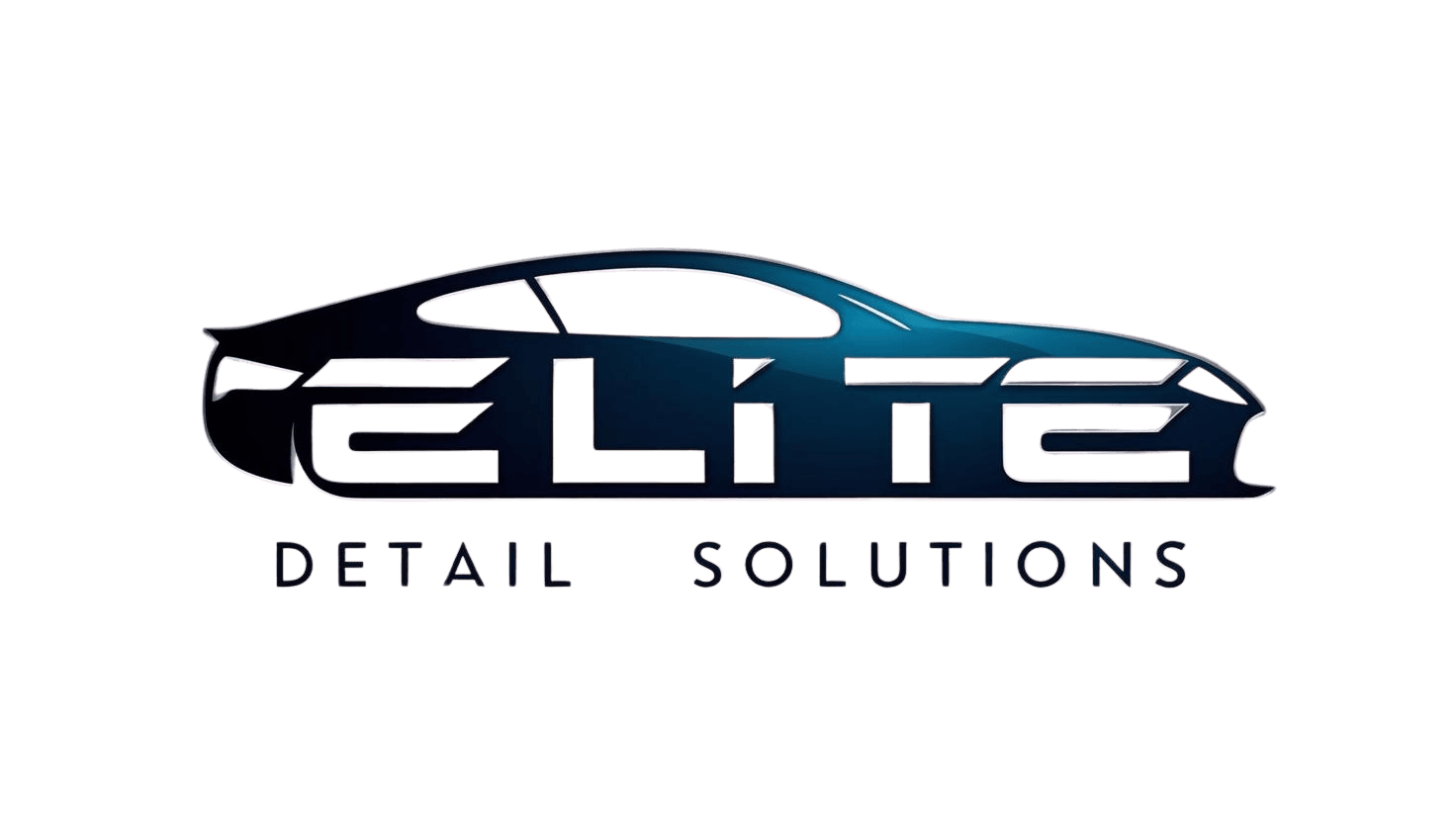Revitalize Your Vehicle: Understanding Paint Correction
What is Paint Correction?
Paint correction is a process that involves removing imperfections from a vehicle's paintwork. These imperfections can include swirl marks, scratches, water spots, and etching from bird droppings. By utilizing a variety of polishing machines, pads, and products, paint correction aims to restore the paint to its original, flawless condition.
The process requires significant skill and precision, making it important to understand its intricacies before attempting it yourself or hiring a professional. The goal is to achieve a mirror-like finish that enhances the overall appearance of your vehicle.
Why Your Vehicle Needs Paint Correction
Over time, a vehicle's exterior can suffer from a range of environmental factors such as UV rays, road debris, and harsh weather conditions. These elements can degrade the paint, leading to faded color and visible imperfections. Paint correction revitalizes the vehicle's appearance by addressing these issues directly.
Beyond aesthetics, paint correction can also help maintain the vehicle's value. By restoring the paintwork, you ensure that the car looks well-maintained, which can be beneficial if you ever decide to sell or trade it in. A well-cared-for exterior often reflects a well-cared-for vehicle overall.

The Paint Correction Process
The paint correction process typically involves several stages:
- Washing and Decontamination: The first step is to thoroughly wash and decontaminate the vehicle to remove any surface dirt and grime.
- Claying: A clay bar is used to remove embedded contaminants that are not eliminated during washing.
- Compounding: This step involves using a compound to remove deeper scratches and imperfections.
- Polishing: Polishing refines the paint surface, enhancing its gloss and clarity.
- Sealing or Waxing: Finally, a protective layer is applied to preserve the corrected paintwork.
Choosing the Right Products and Tools
Selecting the right products and tools is crucial for effective paint correction. Different vehicles and levels of damage require specific approaches. It's important to choose high-quality compounds and polishes that match your car's particular needs.
Likewise, investing in a good quality dual-action polisher can make a significant difference in the outcome. These machines are designed to provide consistent results while minimizing the risk of further damage to the paint.

DIY vs. Professional Paint Correction
While some car enthusiasts may choose to undertake paint correction themselves, it is often recommended to seek professional services. Professional detailers possess the skills, experience, and equipment necessary to achieve optimal results without risking damage to your vehicle's paint.
However, if you decide to go the DIY route, it's essential to educate yourself thoroughly and practice on less visible areas first. Ensure that you are using appropriate tools and products suited for your vehicle’s paint type.
Maintaining Your Vehicle's Finish
After investing time or money into paint correction, maintaining the finish is key to ensuring longevity. Regular washing with high-quality car soap and routine application of wax or sealant will help protect the newly corrected surface.
Avoid automated car washes with abrasive brushes, as they can quickly undo your hard work. Instead, opt for hand washes using microfiber towels that are gentle on the paint.

The Benefits of Paint Correction
The benefits of paint correction extend beyond mere aesthetics. By restoring your vehicle's paintwork, you enhance its overall appeal and potentially increase its market value. Additionally, a smooth, glossy finish can provide a sense of pride every time you drive your car.
Moreover, by addressing imperfections early, you prevent further deterioration of the vehicle's exterior. This proactive approach can save you money in the long term by avoiding more extensive repairs down the road.
